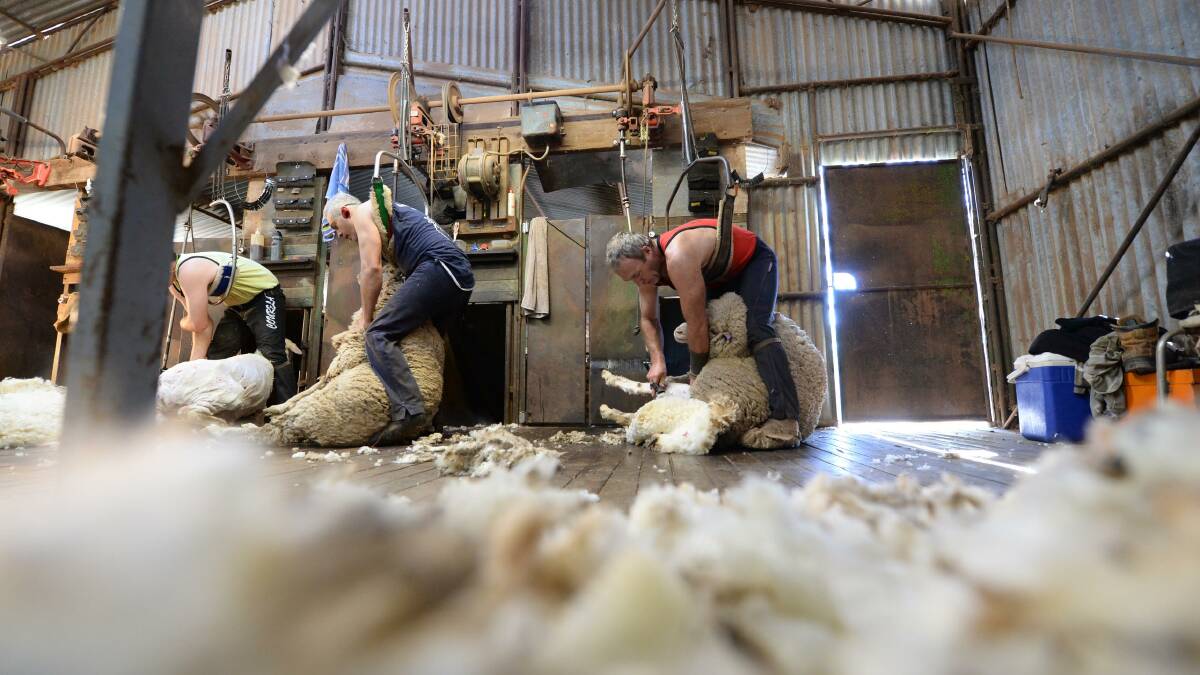
I was recently talking with a mate of mine and he said they were shearing that week.
Subscribe now for unlimited access to all our agricultural news
across the nation
or signup to continue reading
A conversation ensued about the shearing industry and what had changed.
While the basic design of the handpiece hasn't changed, the training undertaken by new shearers into the industry certainly has.
The present crop of shearers are much better than my generation of cocky son shearers ever were. The other positive change is the number of women in the industry.
It was reasonably common for my generation to spend a few months a year pushing a handpiece in local sheds.
We all did our best, but you would best describe us as amateurs in the truest sense of the word.
I could watch a good shearer all day - they make it look easy. The new training regime has increased the number of shearers in this category.
Training has permeated many areas of agriculture. I know multiple farming operations that undertake professional development for their team.
Traditionally this was the purview of corporate Australia but not anymore.
A recent example is the harvest induction day I attended for a cropping business. It was a full-day affair and covered a multitude of areas.
Induction was undertaken for the various machines, the service vehicle, and the fire truck.
Paddock plans were presented that showed the location of gates and tanks and the approved routes for the trucks to deliver to port, as well as the port delivery procedure.
The aspect I was most impressed with was the discussion about the professionalism of the business, and how it conducts itself in the community.
This particular business has 10 staff and maintaining a good reputation was imperative. As we all know - in the country particularly - reputations are everything.
There has always been training such as in safe use of chemicals, but agribusinesses now undertake training in occupational health and safety, systems development and leadership.
The latter one is really interesting, as it does make a large difference if all members of the team are on the same page and going in the same direction.
This type of training should allow ideas to be generated from anyone in the team.
Even though agriculture is normally a capital intensive business, and this means lots of big toys in the shed, it's actually the people that are the most important asset.
The machines need to be driven and the operations need to be planned.
There are a few businesses that service the agricultural sector and provide what I would call holistic training on a myriad of topics, including mindset, managing staff, long-term planning, and financial management.
The level of professionalism has increased markedly for most agribusinesses.
For many farming businesses historically, the thought of having structured training and development would have been an odd idea.
Not so these days.
Start the day with all the big news in agriculture. Sign up here to receive our daily Stock Journal newsletter.

